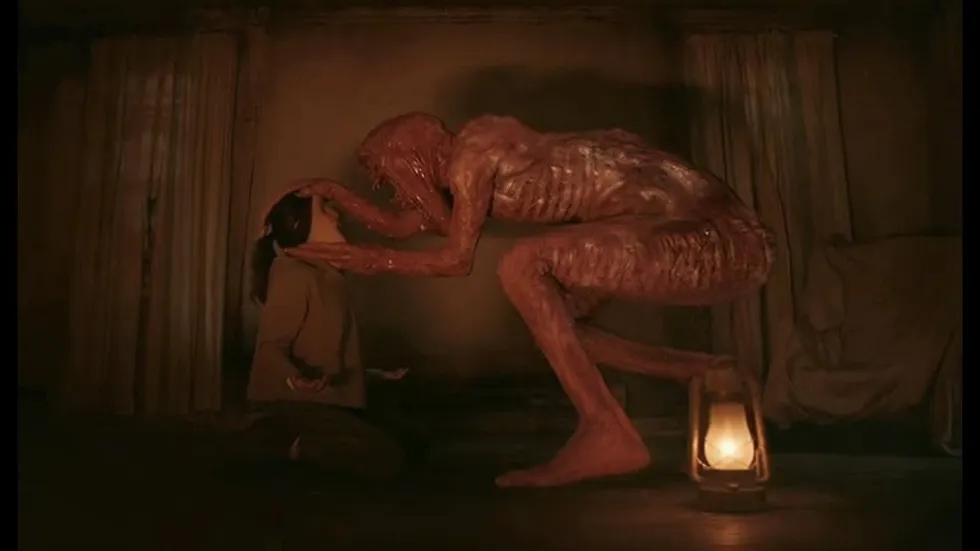Choosing a Strong Story Over Flashy Visuals on 'The Man Who Saw a Boat'

Self-admittedly not the most technical of animators, at least within the 3D realm he planned to venture into for his new film, Barone realised early on that he needed to step back from his initial concept and challenge himself to instead find a story that an audience could connect with on an emotional level:
My first idea was to do a pizza delivery guy, running to deliver the pizza and interacting with some objects as he goes. Again lots of squash and stretch, cool running cycles, white BGs -- but not an actual story arc. At the end I thought it had not very much potencial.
Although I could visualize a cool looking short, I notice quick that I was making up a simple film just to play safe, which is completely fine when you have an incredible tight schedule and you are scary [sic] because you are touching 3D for the very first time. But like I said I wanted to have the style underneath the Story umbrella, so I started drawing some isolated and unrelated dramatic/appealing shots. I thought it could be good to start with a guy hanging on a cliff and have the story going from there, or someone working on a gas station at 3am when nobody is there. Among those shots I drew a man with a diving bell and right above it a fisherman in the wide ocean, then I drew the fishing rod's line and both were magically connect!
While the exploits of a pizza delivery guy may have been lacking in story arc, Barone's early character designs had potential so were appropriated and further developed for the new direction of the narrative.
As well as designing two distinct worlds (above and below the water) for the short, finding a seamless way to integrate his 3D character into a graphical 2D world was paramount. That was when Barone hit the challenges of modelling a character who doesn't fall into either the 'sharp and angular' or 'smooth and organic' 3D animation extremes:
Since the modeling techniques are very straight forward and simple, it can be quite frustrating to tweak and tweak your character and still don't get the look you have in the paper or in your mind. I think it's more natural for 3D to produce either really sharp/machine-like angles or super organic realistic shapes. Doing something graphic kind of means to fight back with what the 3D are meant to do. But it's definitely a fight worth fighting because the results can be very cool.
In addition to the above info, Barone has gone into great detail about his journey making The Man Who Saw a Boat over on his blog -- it really is a refreshingly clear explanation of the animation process, explaining core concepts such as 'rigging' and 'skinning' with plenty of visual examples.
So what do you think? Did Barone successfully convey the subtlties of emotion he was after and navigate his diver through that all important story arc?
Link: Henrique Barone blog














